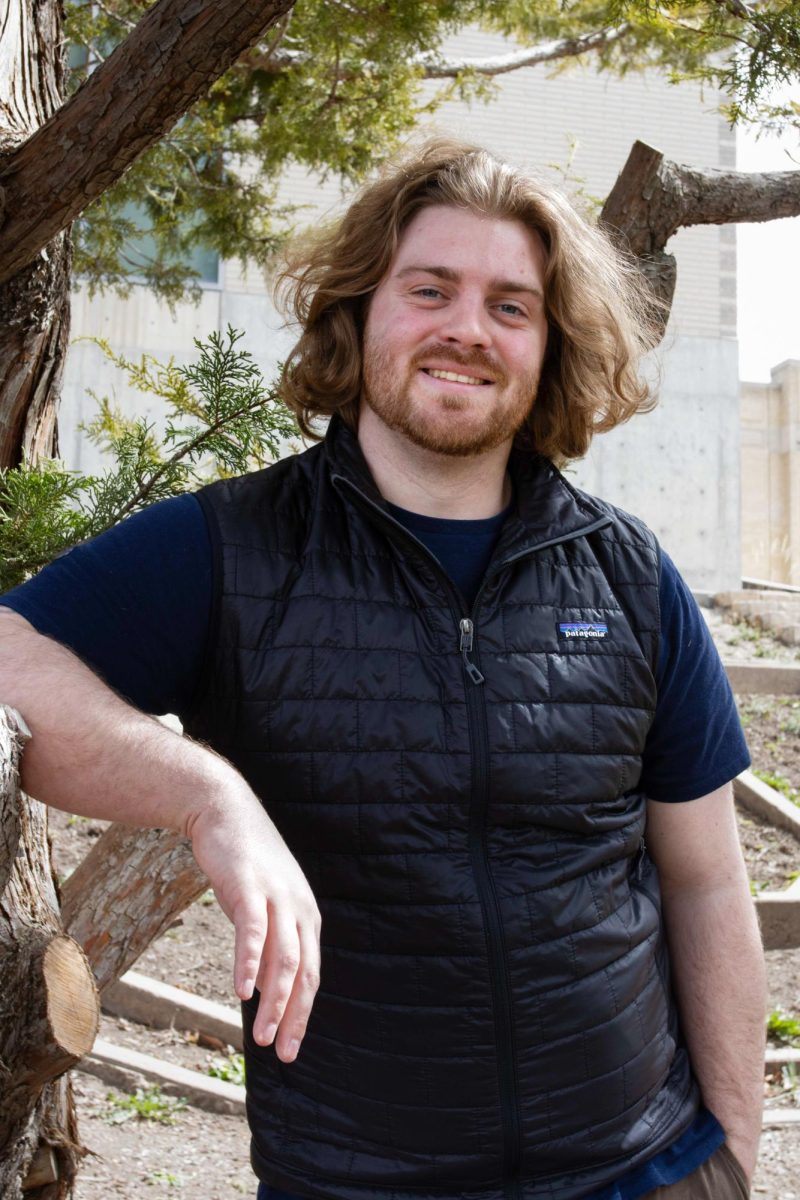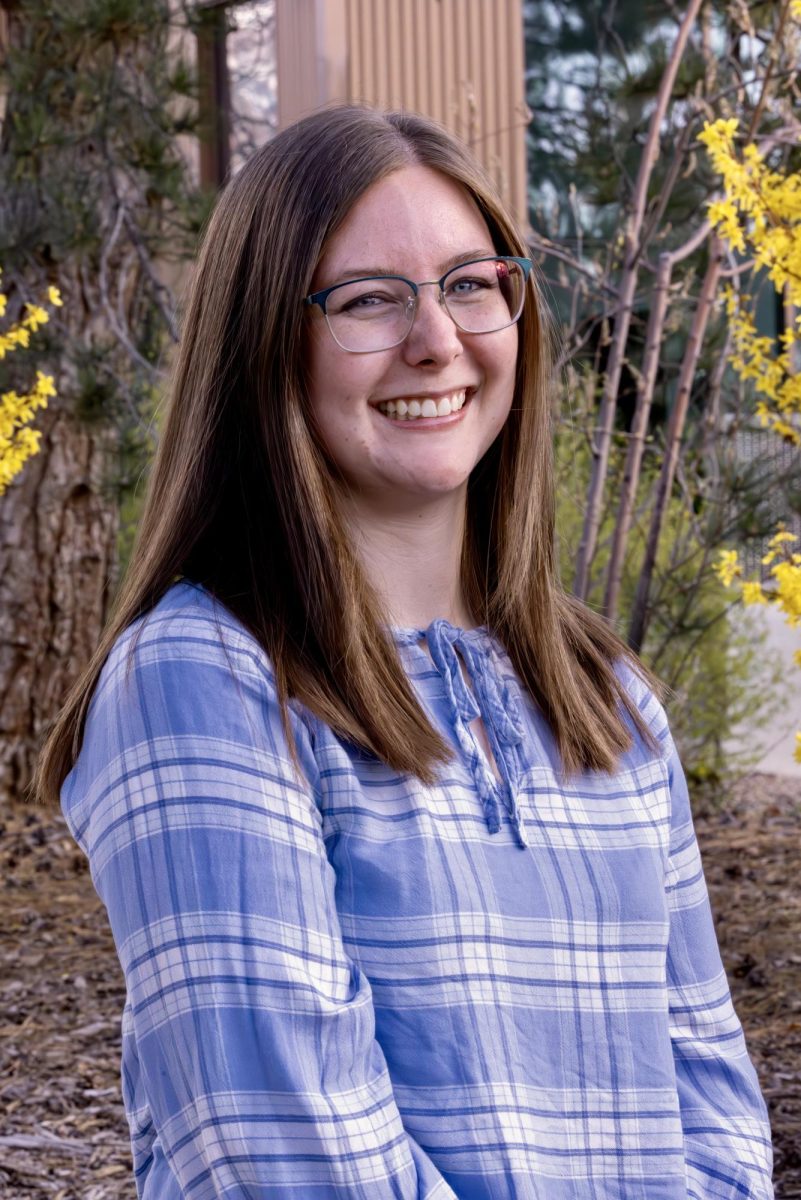The study of the nude human figure has long been a traditional cornerstone of an art student’s education. Yet in more conservative places like Utah, following tradition can become a radical act.
The art department at the U offers coursework that allows students to study the nude human figure, which many feel is an essential part of an artist’s learning.
Professor John Erickson said the study of the nude is key. “If you don’t have a body, you don’t have a house for the spirit. If you throw out the body, what have you got? Hence, we have to study the nude.”
For Erickson, it goes even further. Such famous artists as Leonardo DaVinci and Michelangelo dissected human cadavers to deepen their understanding of the human anatomical form. Often this was done underground, dodging the conservative power of the Catholic Church of the time. “Free thinkers like DaVinci and Michelangelo had to sneak around and do it [cadaver dissection] on the sly. Science and church didn’t always go together,” Erickson said.
Erickson said the ideal situation for figurative art education would be “a skeleton, an anatomy book, a nude model and a cadaver all in the same room.”
He said the idea is for the artist “to get more naked, to get inside and understand how the human body is built…The more intimate you can become, the more it enhances your education.”
Other art students at the U agree. Lisa VonKoch said that painting and drawing the nude figure is necessary because it allows the student to do “real observation and gain knowledge of anatomy.”
For VonKoch, a sense of naturalism is lost without studying the nude figure.
“The more veils you put over your eyes, the less you see,” she said.
For senior Mike Steffan, studying the nude human figure is essential because “you’ve got to see where the structure lies at the level of the skin.”
Steffan said clothing acts almost like a figure itself, and the study of the nude actually enhances his understanding of how clothing drapes. He said both nude and clothed models are necessary for a holistic figurative art training.
Steffan said that the study of the nude isn’t really that controversial. He said it’s about academics, not sexuality.
“Just because the model is nude doesn’t mean our paintings are all about genitalia,” he said.
VonKoch agreed.
“We want people who are interesting and not just beautiful. It’s the habits and quirks of people that bridge the gap between model as subject to model as human,” she said.
Senior Matt Riley thinks much the same way, adding, “Nude figure drawing isn’t very scandalous. The nudes are set up formally through the school.”
Riley also felt studying the nude is beneficial to his progression as an artist. He said the nude models allow him to “know the human structure and build from the inside out. Clothing segments, and you can’t get a continuous form.”
Erickson said the problematic side of nudity is driven by societal forces seeking to objectify the human body.
“In low-culture markets, it can get crass fast. It’s good for the community to do a constant critique on how the nude is used so less intelligent uses can be examined,” he said.
Along similar lines, VonKoch pointed out how the study of nude models can be a barometer for the state of our cultural climate.
“How people feel about nudity is related to how they feel about sexuality,” she said.
Riley agreed. “Nudity is a natural human condition.”
For Dave Smith, an art student at the U, modeling nude is a way he can be involved in the art community. “I love artists and art,” he said, “But I can’t actually do art. I suck at art.”
Modeling is a way Smith can participate in the creation of art without being an artist himself. Smith admires the work of his fellow students. “Everybody here is a great artist,” he said. “It’s fascinating to see yourself the way other people see you, through their eyes.”
Smith said he was a bit nervous the first time he modeled, especially when he found out there were two people he knew from high school in the class. But he soon became comfortable. Smith said for the most part people accept that he models nude. He said it surprises people more than anything, but they usually become curious and ask, “Wow, you do that? How do you do it?”
Not every school allows for students to study nude figures. At Brigham Young University, figure classes don’t have nude models. John Telford, professor and chairperson of the art department at BYU, said the Board of Trustees ruled that students could only study the clothed figure, a long held policy not likely to change.
Telford said not having exposure to nude models didn’t negatively affect the education of an art student. He added, “But then I don’t do figurative work at all, so it doesn’t make a difference to me.”
Erickson said the differences between the U and BYU need to be respected. “A community has to honor its values, and you have to respect that if you travel there.”
Regardless of whether one way or the other is better, one thing seems sure. As Erickson said, “Art has always been a controversy.”










